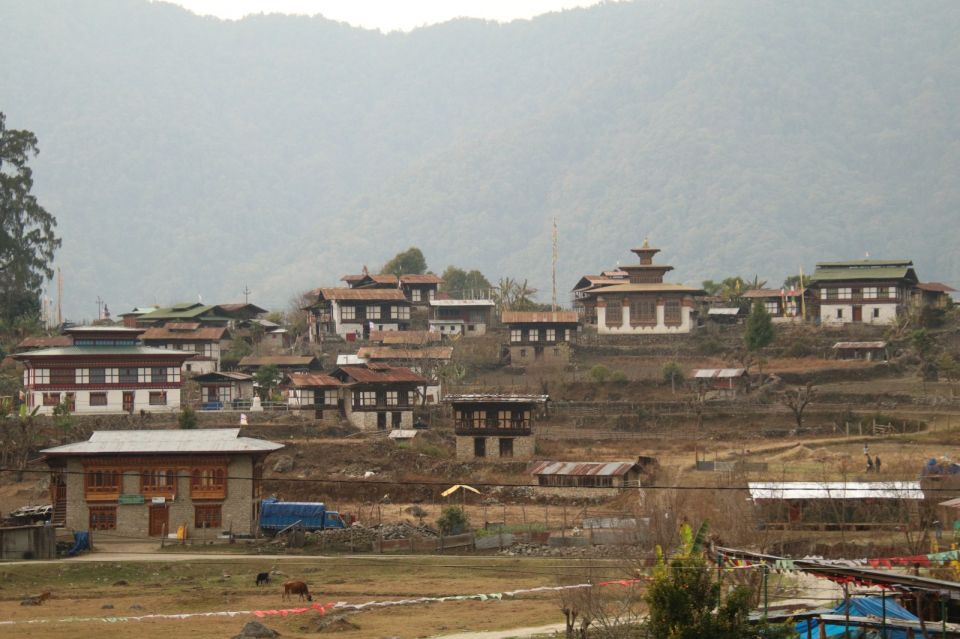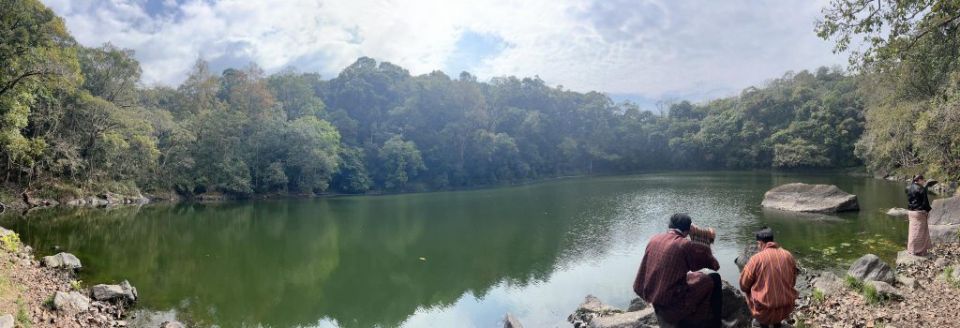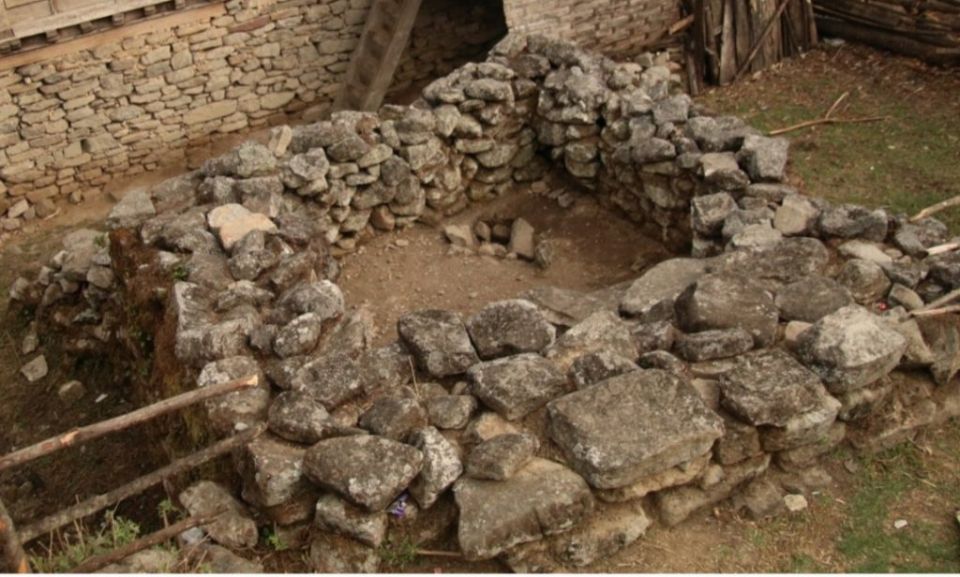
Imagine walking through a hamlet and feeling transported back in time, not just by its stunning architecture but by its rich folklore too.
The feeling of nostalgia one gets while visiting Buli, nestled on a plateau in Nangkor, Zhemgang district, is a journey back in time and is considered one of the wealthiest districts in terms of biodiversity in Bhutan.
The village with more than 80 households is perched on an open mount with two large village clusters, Trong and Pang, and a small cluster of houses in Langbi which faces each other.
The narrow cobblestone pathway welcomes you to a seemingly endless maze of ancient houses, with heaps of stone walls separating different traditional households.
Despite the ravages of time, many of the traditional structures remain intact while some have been given fresh dabs of paint that add to the life and vibrancy of the village settlements.
In 2016, the Department of Culture (DoC) carried out an exercise where they identified six important cultural sites in Bhutan, one of which is Buli.
Local lore has it that the first settlement was established by the Buli Ponpo (Buli chieftain). However, there are no concrete facts to substantiate this claim.
 Buli Tsho
Buli Tsho
The community of Buli worships the Buli Tsho, a lake that the locals revere as the abode of a mermaid. Today, apart from other attractions, the lake remains a significant tourist site.
Buli Tsho is the cultural and spiritual pulse of the community which draws a lot of attention from across the country and beyond. It is said that the lake is the domicile of a mermaid named Kintu Zangmo, known as Buli Moenmo to the locals.
The lake plays an integral role in the community with villagers placing great emphasis on worshipping it for their well-being and good fortune. Elders in the community say that the lake shifted its location three times until it settled in its current location.
The locals mainly invoke the Moenmo to seek protection for a bountiful harvest and protect their livestock from predators. However, visiting the lake is restricted for two months during the crop harvest season. There is also a ritual associated with its opening and closing ceremonies.
One reason DoC identified Buli as a cultural site was due to the presence of historical and religious sites, while the village itself is picturesque and provides a picture-perfect setting.
The fortress of Buli Ponpo, whose ruins can be seen today, further reinforces the historical significance of the village.
It is said that Terton (treasure discoverer) Dorji Lingpa and Pema Lingpa blessed the place during the 14th and 15th centuries.
 Pema Lingpa’s smithy in the village
Pema Lingpa’s smithy in the village
He remains assured that the people in the community will conserve their rich traditions and culture. He added that despite the challenges of preserving cultural values in the wake of modernization, Buli being identified as one of the important cultural sites can help boost the local economy as a potential tourism spot.
DoC also encourages the locals to build their houses with a traditional outlook and aesthetics to blend with similar structures in the village. However, the interior designs can vary to suit their needs.
DoC’s Chief Architect Pema said that people misunderstand when the talk of preservation and conservation is brought up. She said the locals think that there won’t be any development which, according to her, is not the case.
She added conservation is the process of managing change and change is inevitable.
The biggest hurdle that Buli and Zhemgang face to attract tourists is the issue of accessibility. She said the community of Buli and the district as a whole can be uplifted if the issue is addressed.
While identifying the village as an important cultural site, she said that a comparative study was conducted with Samtengang village in Wangduephodrang which had similar features to that of Buli.
The study revealed that Buli stood out as more active and viable, and the community’s association with the lake was much stronger than that of Samtengang.
With the pandemic, even if there are fewer international tourists in the place, it gave rise to local tourists due to Buli Tsho and other pilgrimage sites like Dungkar Nye and Kikhar Khandro Nye attracting them.
In addition to the historical, spiritual, and cultural significance, Buli offers visitors a range of rituals conducted in the village. Praichola is performed on the 10th Day of the 2nd lunar month while Shubangla is observed on the 15th day of the 5th lunar month.
In addition, rituals like Chotpala, performed from the 14th – 16th days of the 10th lunar month also attract a host of domestic tourists.
Apart from its spiritual beliefs, Buli has much to offer in terms of environmental aspects as the place has a rich biodiversity of flora and fauna making it both a cultural and ecological hotspot. It is also home to about 90 bird species.
Visiting Buli village is a journey through time and culture that will leave a lasting impact and a renewed appreciation for Bhutan’s rich heritage and biodiversity.












